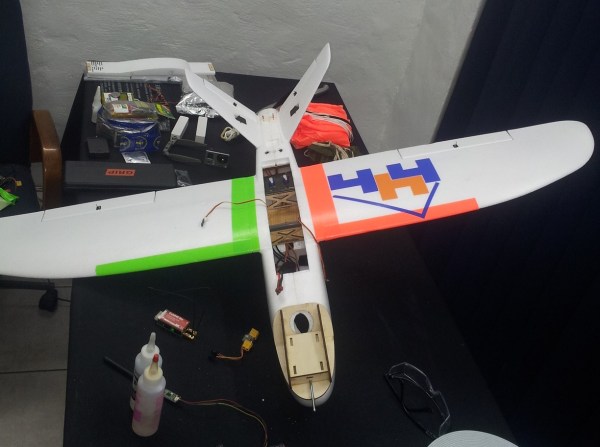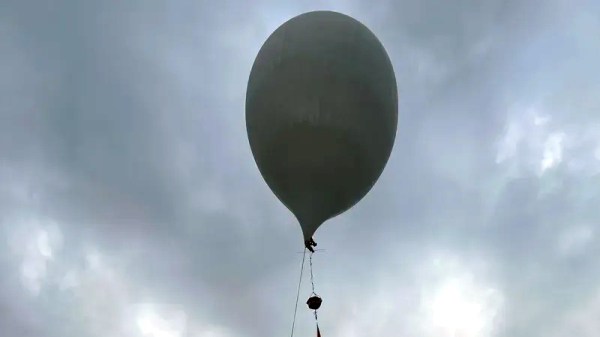High-altitude balloons are used to perform experiments in “near space” at 60,000-120,000 ft. (18000-36000m). However, conditions at such altitude are not particularly friendly and balloons have to compete with ultraviolet radiation, bad weather and the troubles of long distance communication. The trick is to send up a live entity to make repairs as needed. A group of students from Stanford University and Brown University repurposed nature in their solution. Enter Bioballoon: a living high-altitude research balloon.
Instead of using inorganic materials, the Stanford-Brown International Genetically Engineered Machine (iGEM) team designed microbes that grow the components required to build various tools and structures with the hope of making sustained space research feasible. Being made of living material, Bioballoon can be grown and re-grown with the same bacteria, lowering the cost of manufacturing and improving repeatability.
Bioballoon is engineered to be modular, with different strains of bacteria satisfying different requirements. One strain of bacteria has been modified to produce hydrogen in order to inflate the balloon while the balloon itself is made of a natural Kevlar-latex mix created by other cells. Additionally, the team is using Melanin, the molecule responsible for skin color and our personal UV protection to introduce native UV resistance into the balloon’s structure. And, while the team won’t be deploying a glider, they’ve designed biological thermometers and small molecule sensors that can be grown on the balloon’s surface. They don’t have any logging functionality yet, but these cellular hacks could amalgamate as a novel scientific instrument: cheap, light and durable.
Living things too organic for your taste? Don’t worry, we’ve got some balloons that won’t grow on you.


















